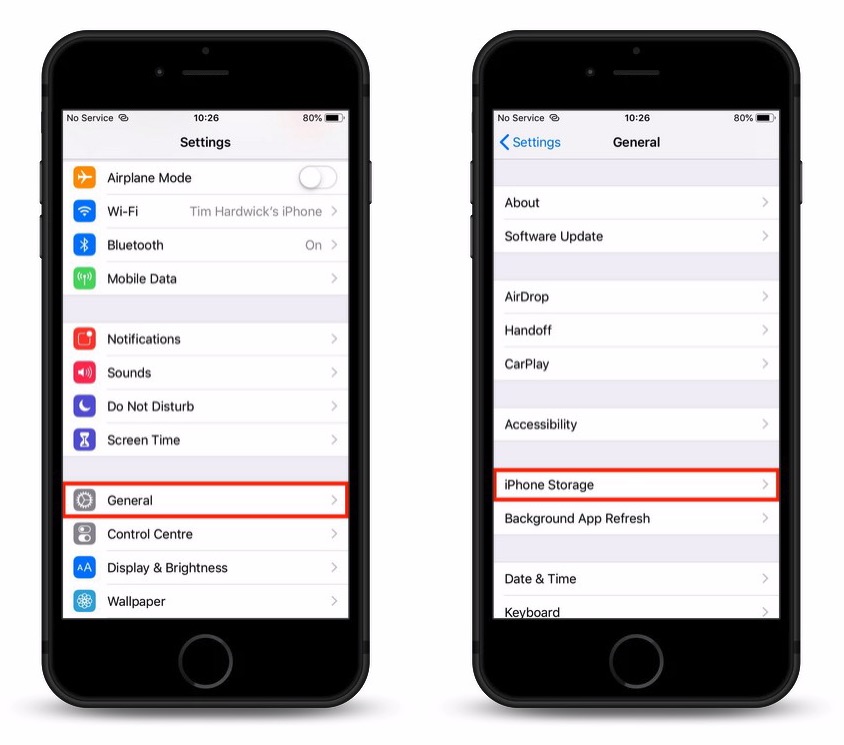

The aforementioned tools, frameworks and back-end peculiarities have to be keenly checked for compatibility. You also have to determine possible issues/errors and think of ways to solve them or optimize the Android app version. It implies the analysis of how your current iOS actually works, what are its features, design characteristics, work flow, etc. So when you have considered all the things mentioned above, how should the process of conversion to Android look like? We follow the standard and proven practice to convert iPhone app to Android apps, which includes the next stages: The advice is to use common Android-specific emulators, quality assurance systems and other tools for software testing. Clearly, testing the Android app is a nuanced process, same like iOS applications. Duration of such task depends on app complexity, architecture, libraries and so on. In practice, for iOS to Android conversion, the app is rewritten on another programming language entirely. On the other hand, both iOS and Android platforms are capable of working in C code, which one can port in certain scenarios.
#CHANGE MY SOFTWARE ANDROID INSTALLER FOR APPLE IOS DOWNLOAD CODE#
You can not just recompile the first code into the latter. Today’s iPhone apps are being mostly developed with Swift language, while Android apps use Java and/or Kotlin. In case they are not compatible, it’s necessary to find a proper alternative frameworks.Ĭoncerning code porting for iOS/Android conversion, dissemblance is huge. To convert iOS app to Android app, surely, one has to check for compatibility of those tools in Android. See iOS resources grid below.Īpp developers always use certain external tools and libraries when building a mobile app. The ratio of points to pixels is about 0.75. Things like different Android screen resolutions, various icon sizes, 48DP rule dominance in UI design, etc.Īnd compare to iOS icon and font sizes, which are measured in points (pt), instead of pixels on Apple platform. Look, behavior and animations of Android lists differ significantly from those in iOS apps.Ĭomponents like Bottom Sheets, Checkbox, RadioButton, Switch, Text fields etc.Īlso, you have to remember and apprehend metric differences. User actions/tasks with clear-cut structure, check Android dialogs. Roboto is a standard Android font as of recent.Ģ types of buttons on Android: Flat Button and Floating Action Button.

These are elements and aspects that require special attention: IconsĪndroid platform has its own icon library, which is preferable.Ĭomponents like Bottom Navigation Bar, Tabs, Navigation Drawer. Android app with iPhone design, and vice versa, will not do you good. Therefore, avoid copying design element when porting iOS app to Android. The main distinction here is that those are 2 different environments and act differently.


There’s a lot of discussions regarding pros and cons of both iOS design and Android design.


 0 kommentar(er)
0 kommentar(er)
